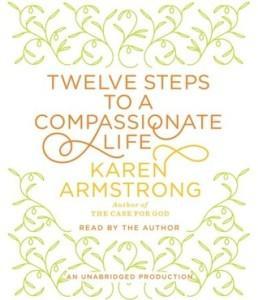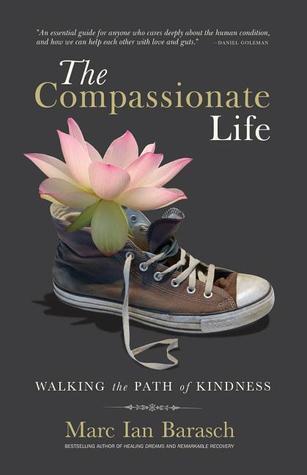 A process for developing personal compassion to engage in compassionate community for a more compassionate world
A process for developing personal compassion to engage in compassionate community for a more compassionate worldWelcome to Compassionate Sunday. We’re working through Twelve Steps to a Compassionate Life by Karen Armstrong, one step per month.
If you live in the St. Louis area, an in-person study group started working with this book and will continue for the next few months. Let me know if you’d like to join us and I’ll you hook you up!
If you’d like to share a post about what you learned about compassion (The First Step), what you’re seeing in your world (The Second Step), self-compassion (The Third Step), empathy (The Fourth Step), or mindfulness (The Fifth Step) use the link list below. Or join the discussion in the comments or on Facebook.
It was a sad week in the news:
- the massacre at the Pulse nightclub in Orlando
- a child lost to an alligator attack in Disney World
- the assassination of Jo Cox, a British Member of Parliament, while she met with constituents in her district, apparently over a disagreement about Brexit
 The first book club selection for the Global Read in 2016 hosted by the Charter for Compassion.
The first book club selection for the Global Read in 2016 hosted by the Charter for Compassion.Mid-week, I read about a Buddhist meditation called tonglen in The Compassionate Life by Marc Ian Barasch:
….an imaginative exercise that calls for breathing in others’ suffering and breathing out lovingkindness.
If you’ve done yoga at all, that sounds like the opposite of the normal instructions which are to breathe in light and breathe out negativity. Barasch quoted a Tibetan teacher’s response to that method:
“Well, then you’d just be like a polluting factory, taking in all these good resources and spewing out your gray cloud on everyone else.” ~Chögyam Trungpa
Heh. So, I tried it this new way to me.
- Breathe in the grief of families and friends who must cope with the sudden loss of a loved one, breathe out support
- Breathe in the pain of the injured, breathe out comfort
- Breathe in the trauma and fear of the witnesses to tragedy, breathe out protection and calm
With this month’s emphasis on mindfulness, I observed the change in myself. Before, I was feeling all this news as stress in my stomach. After, I felt it as sadness in my heart.
And, here’s the surprise: sadness is better than stress. I think I’ve spent my whole life stiffening up to ward off sadness, but it turns out that it’s not the worst feeling in the world. After all, won’t we all watch a video recommended by a friend even when he or she said it made them cry? Those kinds of videos, of course, invoke tenderness rather than sadness — but the crying shows that the two emotions are closely connected.
Sadness is tender and bittersweet. Sadness draws on deep connections between myself and others, people close to me and people I will never know. Stress walls away all of that, causing me to miss opportunities to experience life to its fullest.
Sadness, it turns out, won’t kill me in spite of my fear of it. Stress, on the other hand, very well might.
Once again, as in so many of these posts on compassion, the benefits of compassion are counter-intuitive. The more I practice compassion toward others, the more my life improves in unexpected ways.
